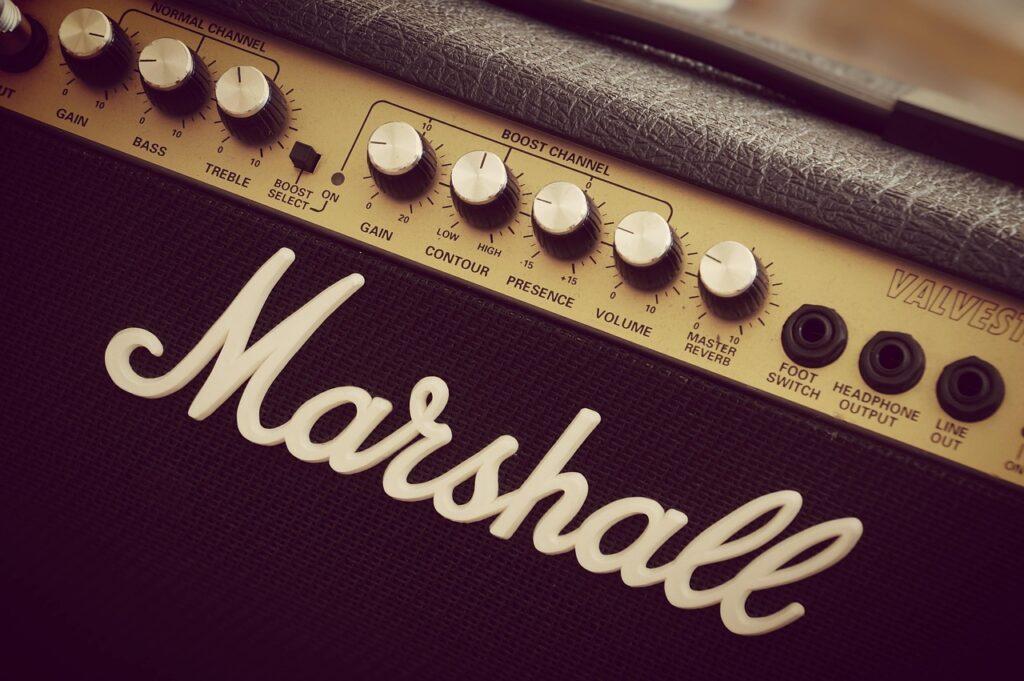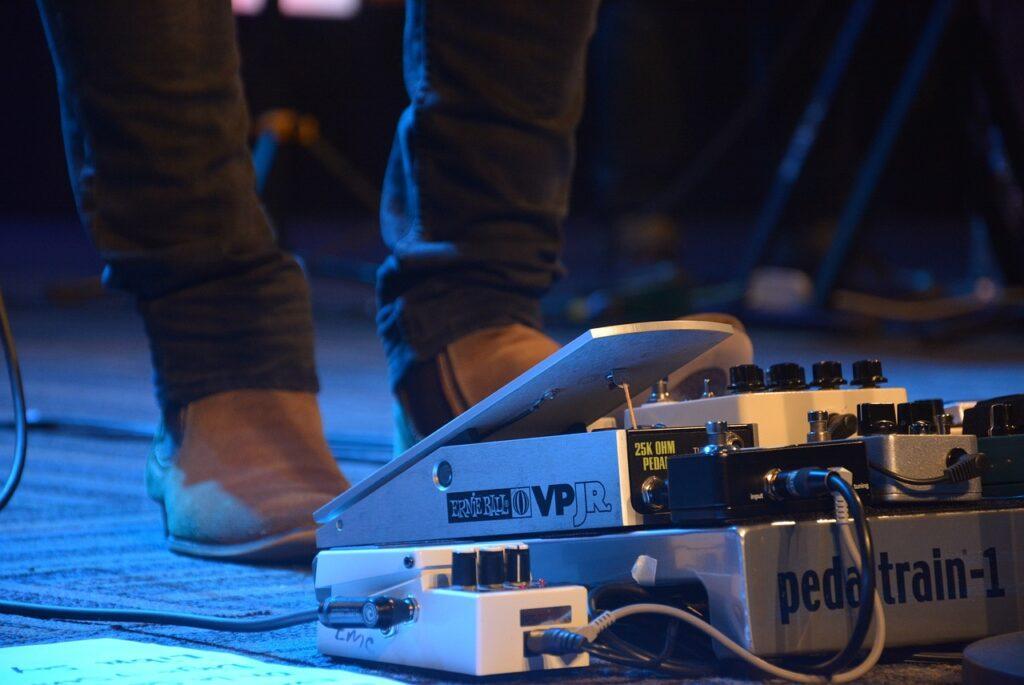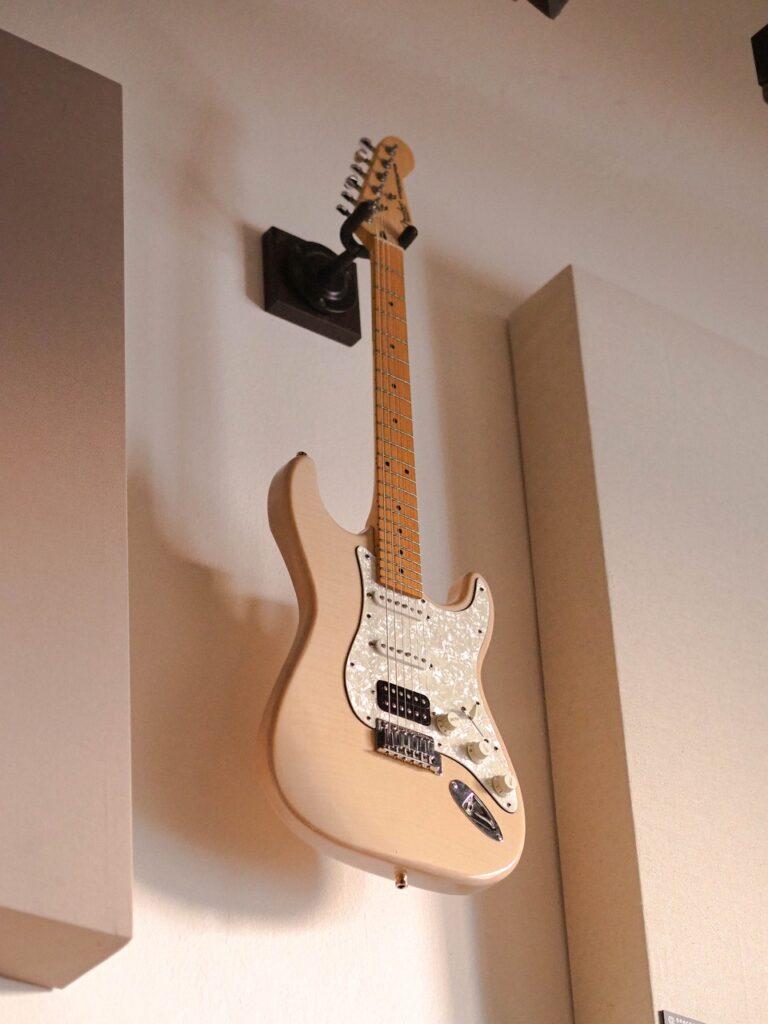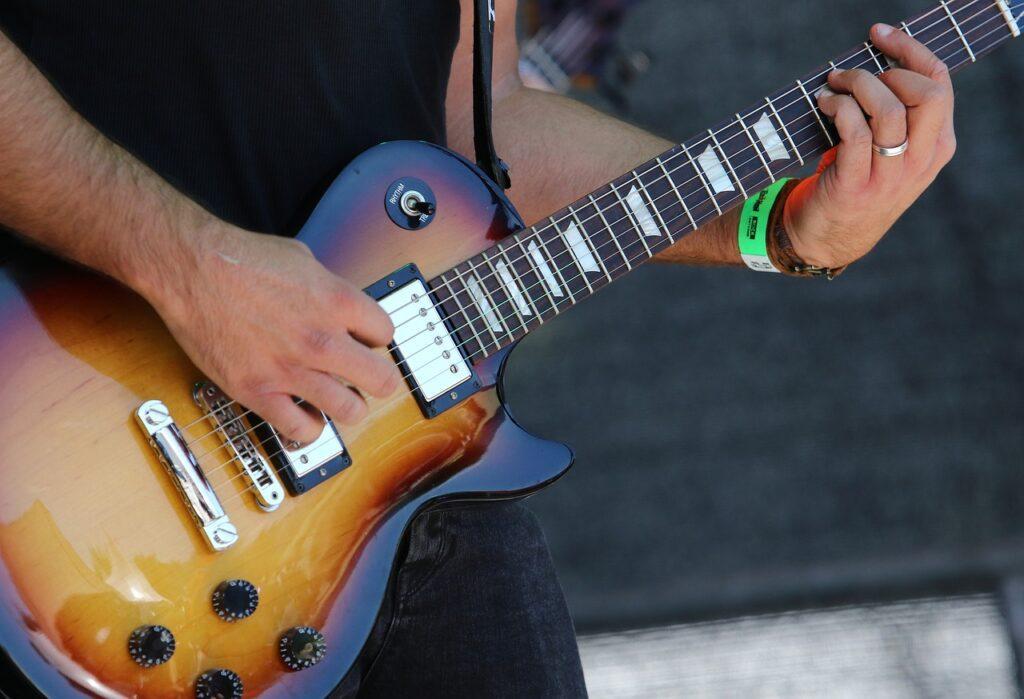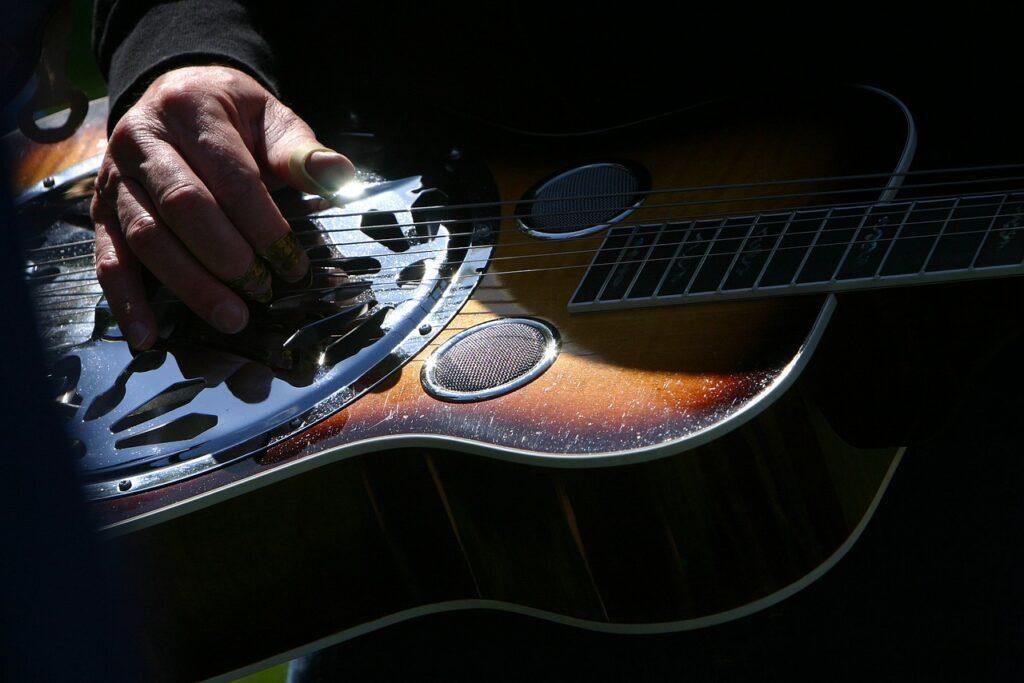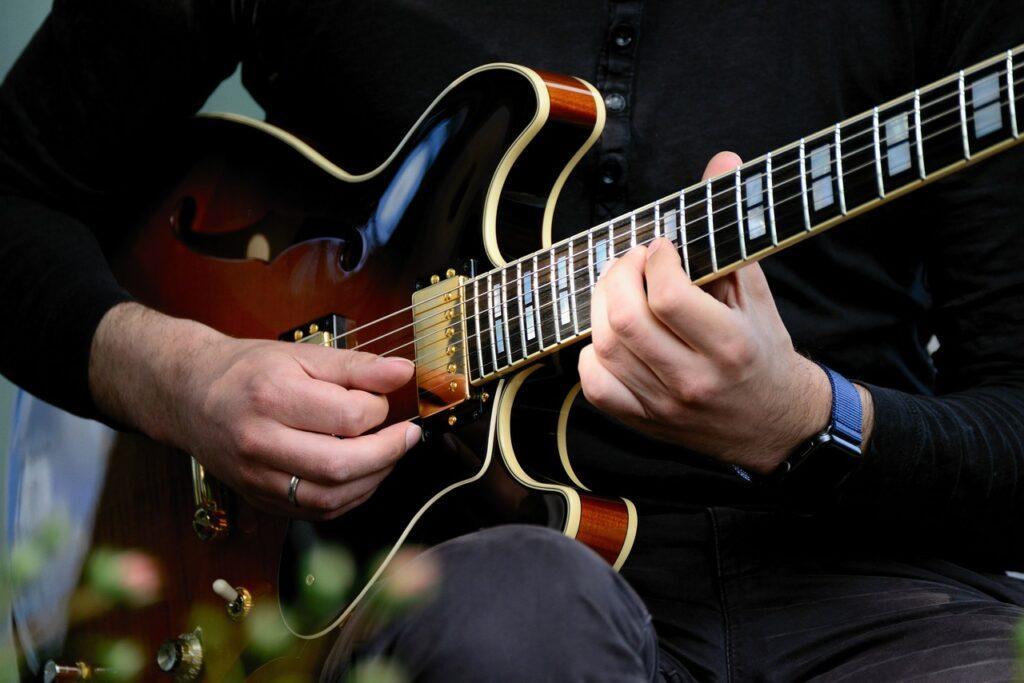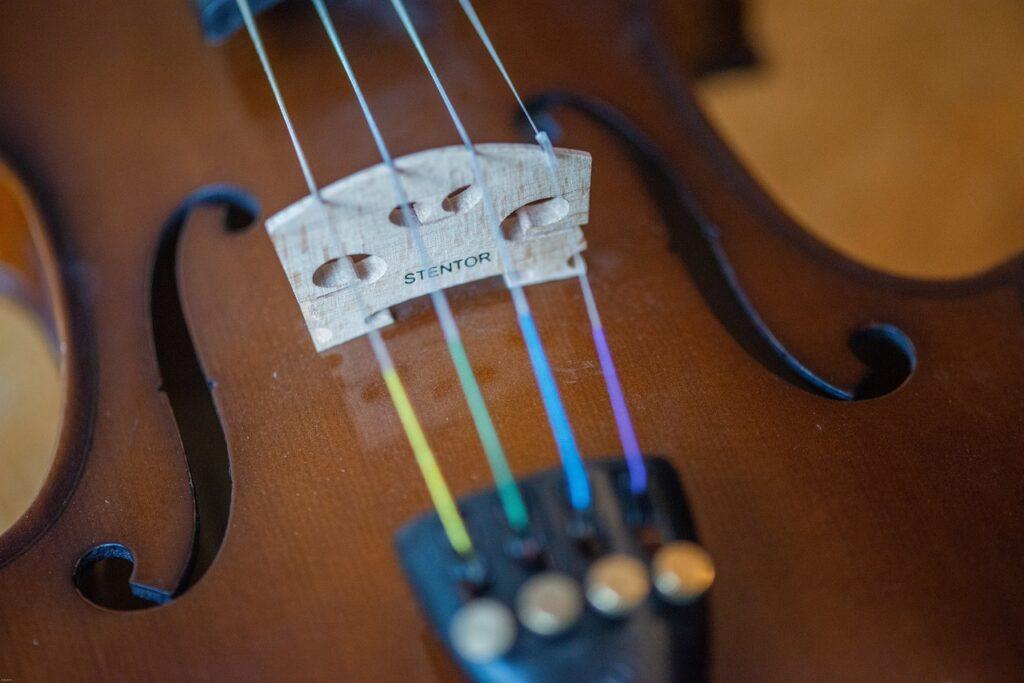Guitar

The archive contains posts about teaching and alternate tuning the guitar.
Where did it come from?
A Brief History of the Guitar
Guitar is a fretted, six stringed lute-like instrument of Spanish origin. It can be made louder either acoustically or electrically, and its roots go back thousands of years.
The Lute
Lute-like instruments go back to about 2000 BC in Mesopotamia. While Europe’s lute appeared around the 10th century AD.
The lute had gut strings tied across the neck as frets. This means that lute players had to tune the frets and the strings.
An ancestor of the guitar, the lute came from the Middle Eastern oud. At first called the al oud, the lute’s name gradually morphed into its current form.
The term Luthier survives as the name for modern guitar makers, even though luthiers rarely make lutes anymore.
The Vihuela
Many antique instruments existed, such as the cittern, that had names similar to the guitar, but did not directly influence it.
However, the vihuela is widely thought to be an important predecessor. The vihuela had six strings, a similar body build, and very similar tuning.
The Guitar
From Spain, the instrument has traveled all over the world. Often, when instruments cross into a different cultural region, the tuning and musical style do not travel with it.
Thus, the styles most linked with the instrument (rock, blues, and folk) do not sound like the original Spanish style. Rather, Spanish styles sound somewhat similar to classical guitar music.
I once met a guitarist from Spain. And it surprised me when she commented that people in the US often said her playing did not sound like real guitar music. This shows that, while it remains a Spanish instrument, the Spanish style does not strongly influence the instrument’s current styles.
As it traveled, it has picked up many alternate ways of tuning. Blues, Rock, folk, and African world music styles all use alternate tunings. Particularly known for its alternate tunings, Hawaiian slack-key guitar has hundreds of open and alternate tunings.
Many of the posts in The Successful Music Student blog focus on better ways to tune alternate tunings.
© 2021 Geoffrey Keith
Back to the Successful Music Student Blogs page


